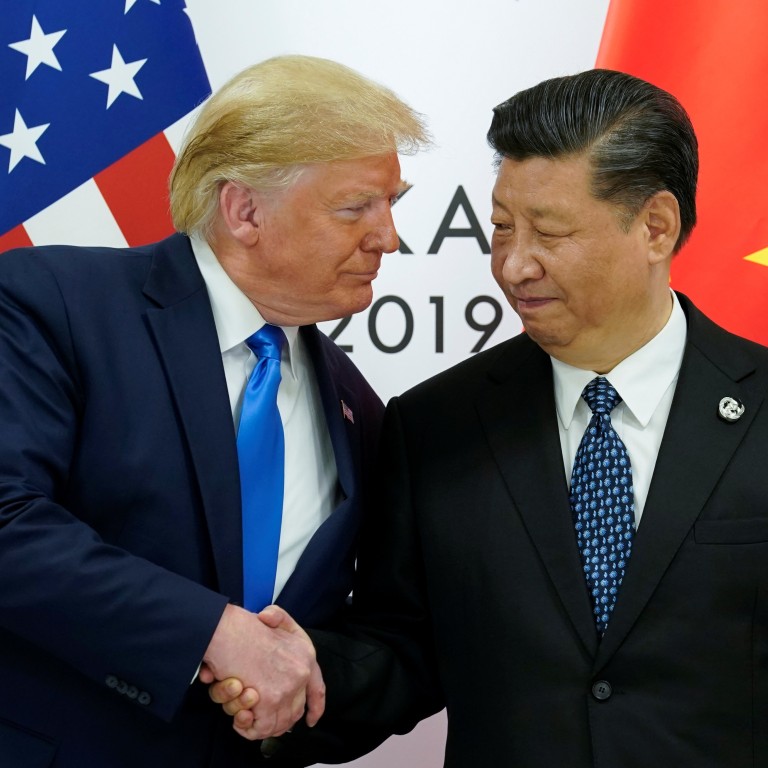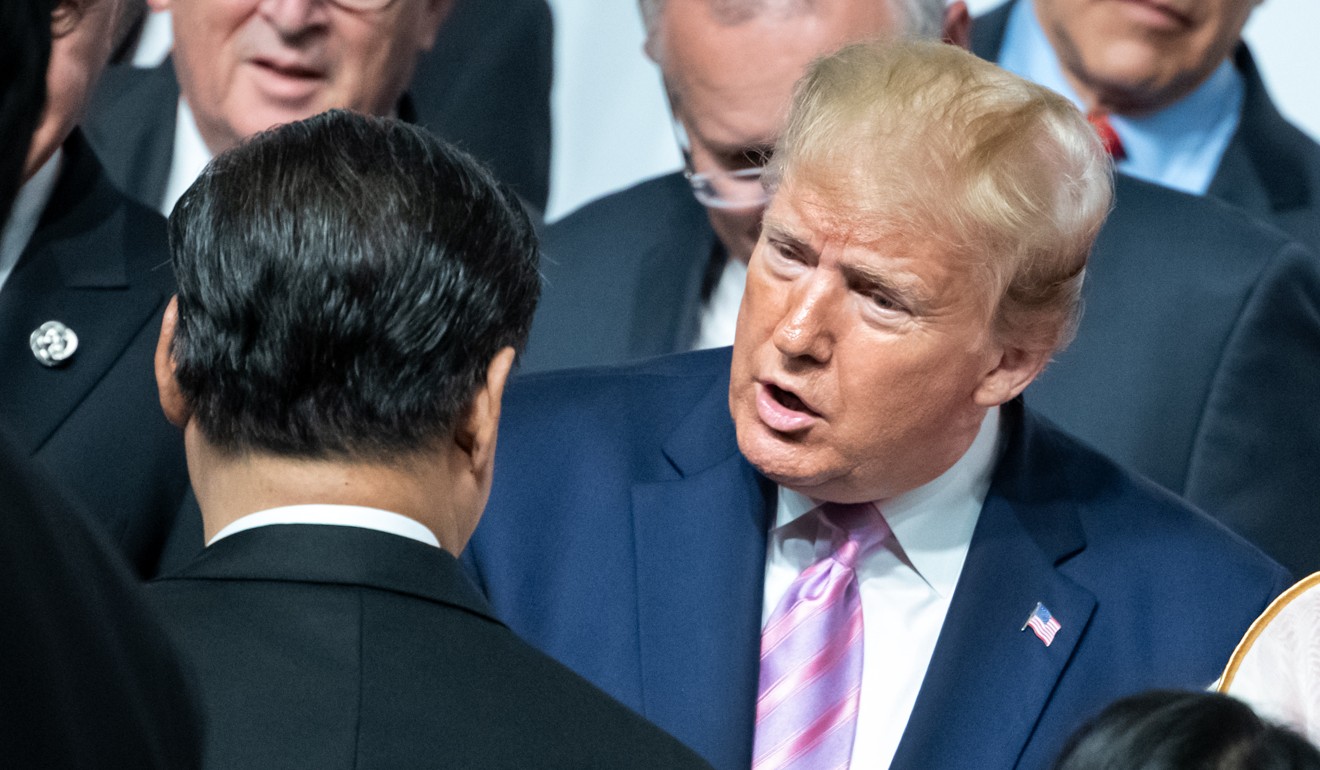
How many personal truces between Xi and Trump will it take to resolve the trade war?
- Presidents used their close friendship to get the stalled talks back on track but nothing really changed in Osaka, Ankit Panda says
How many times can Chinese President Xi Jinping and US President Donald Trump agree to a personal truce before things turn sour again? At their meeting on the sidelines of the Group of 20 summit in Osaka, the two men agreed to a resumption of the stalled trade negotiations but failed to come to any kind of grand bargain or deal.
To create a better environment for the talks, Trump agreed not to go ahead with his threat to impose new tariffs on about US$300 billion worth of Chinese imports, but details of what else was agreed in Japan remain elusive. The meeting did, however, represent a watershed moment in the progression of the trade war.
The outcome won’t delight global markets but it should prevent a major reversal of the slowly improving sentiment since May. Though after their 80-minute meeting – held exactly seven days before the 12-month anniversary of the start of the trade war on July 6 – Trump and Xi are no closer to settling it.
One of the most important outcomes of the G20 encounter concerns the fate of Chinese tech giant Huawei. Trump has taken a conciliatory approach, allowing the sale of US components to continue while reviewing the export control measures that had been announced some weeks earlier.

For Xi, as was the case with ZTE in 2017, the Huawei outcome is an important one. The United States’ national security concerns over the company haven’t evaporated and the company’s chief financial officer Meng Wanzhou’s extradition is still pending, but broader concerns that American export restrictions would stamp out Huawei’s ability to survive in the hardware space in the short-term will be eased.
Insofar as the United States is interested in bringing about a change in Chinese behaviour, the action against Huawei was a major source of leverage. Trump’s commitment to Xi to back off on Huawei – at least on export controls – will allow for a certain level of confidence to return to the talks, but it also weakens the American position.
‘China hasn’t won, but it hasn’t lost either’ as trade talks enter new stage
In the rest of Asia, the United States’ sanctions against Huawei were taken as an indicator of the seriousness with which Washington treats the underlying national security threat from the company. Backing off now may confirm the suspicions of sceptics in many of these countries: that American concerns were exaggerated all along and motivated by political concerns about China.
The move on Huawei wasn’t the only miss in Osaka for American interests. If Trump and Xi discussed the full gamut of issues underlying the US-China relationship, that wasn’t made clear in the American president’s public remarks.
For instance, while the G20 convened, Chinese coastal authorities announced, for the first time, a maritime exclusion zone in the disputed Spratly Islands in the South China Sea to conduct a week-long set of military exercises. While freedom of navigation remains a core US interest, Trump showed no interest in this development.
The major risk ahead is that the cycle we’ve seen play out over the past year will repeat itself: a high-level Trump-Xi encounter will give way to frictions at the working-level as the US president’s deputies insist on major Chinese concessions. While Trump himself has taken a strong line on trade, like on other issues, he reveals a conciliatory face in one-on-one settings.
Xi-Trump summit brings trade truce, more talks and hope for Huawei
Beyond their latest meeting, it’s unclear if the fundamentals will improve for a US-China trade deal. The United States will continue to emphasise major Chinese concessions while Beijing will continue to feel unilaterally besieged. Meanwhile, the effects of the trade war on the US economy increase and the country enters a critical election year.
The G20 experience, however, will largely confirm a view in Beijing and among the global investor class that whenever the trade war heats up next and should the next round of working-level talks fall apart like those in May, a Trump-Xi personal encounter might be the prescription to return a modicum of normalcy to the world’s most important bilateral relationship.
Ankit Panda is a senior editor at the Diplomat

